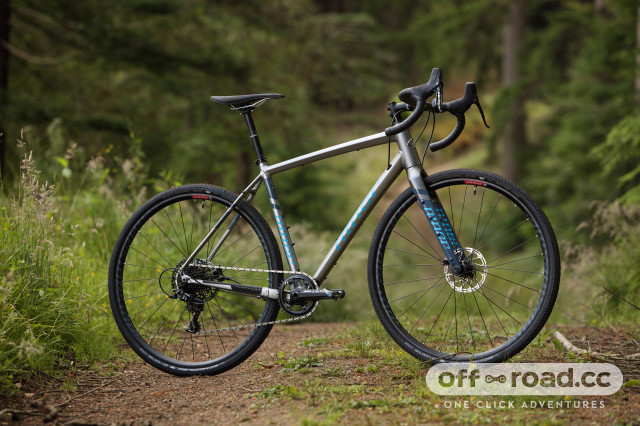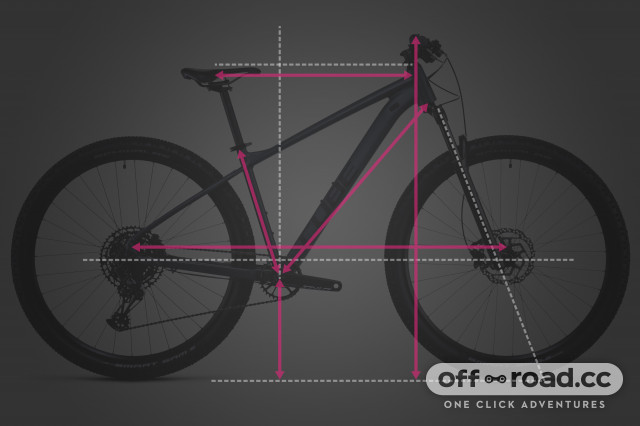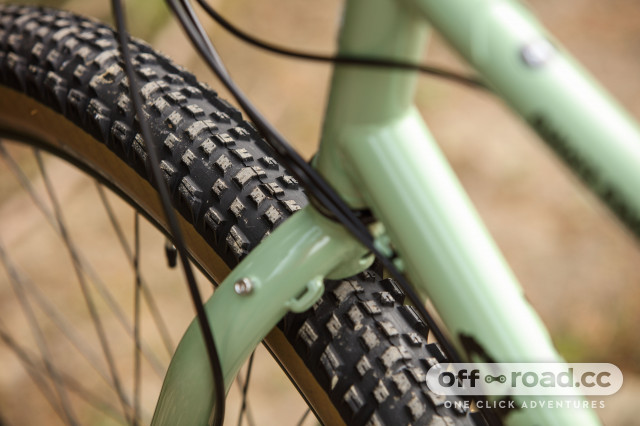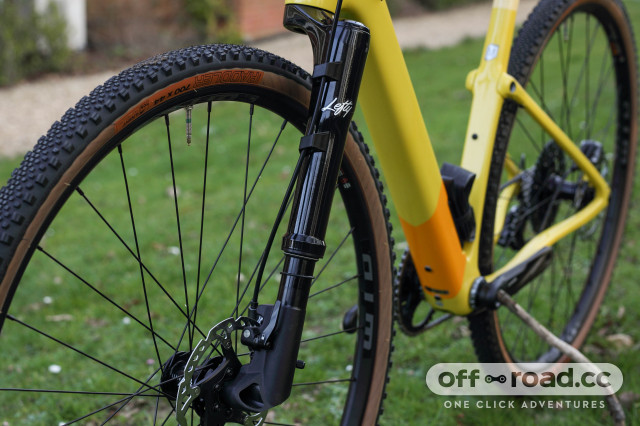
[ad_1]
Cycling segments are deeply paradoxical as it currently stands with a broad view of easily differentiated disciplines. Nobody will ever mistake a dual-crown downhill bike for any other purpose than charging down the steepest technical trails. The same applies to a sleek aero time trial machine. You know exactly what its purpose is, the moment you see one.
When you narrow the lens to specific cycling segments, especially off-road riding, the disciplines tend to become less delineated. And nowhere is this better illustrated than the spaces occupied by the best gravel bikes and best mountain bikes.
For road cyclists, the gravel bike is a slower, heavier, all-terrain riding machine yet mountain bikers view it with a different curiosity and sense of retro novelty. The question is: what are the differences between the best gravel bikes and the best mountain bikes?
Gravel bike vs mountain bike: design
Despite being such a mature design, the bicycle is ever evolving. Gravel bikes started as lighter touring bikes with responsive geometry. Designers added more tyre clearance, reacting to rider demands for rolling comfier, higher-volume tyres.
Peruse the specification of a current gravel bike and its evolution is impressive. Especially when measured against a decade-old mountain bike. Your 2022 gravel bike features dropper seat post and tyre volumes that would not be at odds with a 2010 cross-country hardtail mountain bike build.
This is the notion of convergence between gravel bikes and mild hardtail mountain bikes. A perception of one being a modern reinterpretation of the other. At the core of gravel bike identity is the question: aren’t they simply decade-old hardtail frames, with gravel bike groupsets and 700c wheels?
The similarities are valid, but there’s a reason why you can’t use a gravel or mountain bike, to ride both disciplines, with a sense of confidence.
Gravel bike vs mountain bike: geometry
In cycling, amateurs worry about frames. Professionals obsess about wheels. And masters know that geometry matters most.
Gravel bikes are slacker than road bikes. And similarly, hardtail mountain bikes are slacker than gravel bikes. The geometry revolution that has transpired in frame and fork design over the last decade, has seen engineers finally recognize the value of longer bikes – with slacker angles.
Slower steering responses and greater handlebar leverage make a big difference when riding off-road. When your front wheel is pinging across rocky terrain or navigating a rooty trail, you want the most possible steering leverage and the calmest responses. This geometry prevents an overcorrection and crash.
The slacker any bike’s head angle is, the slower it will steer. This is why gravel bikes have slacker head angles than road bikes. To make them more stable and controllable on loose-surface descents. Mountain bikes require even slacker head angle geometry, due to the scale and severity of singletrack trail features – large rocks, roots and drop-offs.
A modern gravel bike geometry might be remarkably similar to a cross-country mountain bike from the late 2000s. But the distinction in geometry between current gravel and hardtail mountain bikes is significant.
The most progressive geometry gravel bikes have 69.5-degree head angles. Hardtail mountain bikes? They average 67-degrees. And frame design geometry, half a degree, is a lot.
You could make a gravel bike with drop handlebars, that has true mountain bike geometry. But it would be compromised on long climbs and 100-miler rides, regarding comfort. Evil’s Chamois Hager is such a bike, but it truly fits the description of being a ‘niche within a niche’.
Gravel bike vs mountain bike: tyre sizes and speed
Beyond the discernible differences in geometry between gravel and hardtail mountain bikes, the other differentiator is tyres. In theme with the progression in frame design, riders have recognized that larger tyres have benefits that outrank their mass.
Cross-country mountain bikes slowly edged toward larger tyres. And where a 2.2in tyre was once considered ‘big’, the world’s best cross-country mountain bikers regularly roll into the start chute at UCI World Cup events, with 2.4in wide tyres.
Why has it become acceptable for cross-country mountain bikers to adopt tyre sizes that were once the preserve of downhill racers? Lower pressure and better ‘real-world’ efficiency. A bigger tyre can ride with greater comfort, and more secure grip, across the same terrain – compared to a narrower casing, at higher inflation pressure. The few additional grams of rotational weight is a negligible cost in the context of significant improvements that bigger tyres deliver in trail grip and ride comfort.
In gravel biking, the move to larger tyre casings has been even more progressive. Frames and forks are designed to roll tyres up to 700cx45c or 27.5×2.1-inch in size. That’s much bigger rubber than you’d ever fit onto a road bike or cyclocross bike. And a significant growth in tyre size, compared to earlier gravel bikes, where 700x32c is classified as ‘large’ tyre size.
Are gravel bike tyres going to get any bigger? Probably not. The same is true for mountain bike tyres. The sweet spot for gravel bike riding appears to be a 700x42c tyre with adequate tyre volume for ride comfort on varying terrain. Without adding too much weight and becoming an energy drag on those 100-miles days.
The notion of gravel and mountain bikes rolling ‘similar’ tyres is a fallacy. There’s a marginal crossover point with the 27.5×2.1” tyre size, but the 27.5” configuration has become a niche in mountain biking. And where it is used, the casing sizes are usually 2.4- or 2.6”, not 2.1”.
Gravel bike vs mountain bike: suspension
Suspension suppliers have reacted to the need for less hand and shoulder fatigue among the gravel riding community. Especially when venturing onto challenging gravel routes, with severe surface corrugations.
But the new generation of short-travel gravel bike forks (40-60mm), aren’t mountain bike forks. They lack the adjustability regarding dual-circuit compression and rebound circuits. And their narrow structures limit oil volume, compared to a larger mountain bike fork, with more oil in its damping circuit.
Every frame design has a purpose, but also compromise. A downhill bike is awful at pedalling up even the slightest incline. A hardtail mountain bike is competent for most all-terrain riding, but flat bars are terrible for anything resembling an aero riding position when you need to navigate 150 miles of gravel adventure routes at a weekend.
Gravel bikes prioritize all-terrain efficiency. That’s why a gravel bike is more aero (in terms of frame and rider position), allowing you to ride big days, across varying terrain, with low aerodynamic energy losses. Mountain bikes are less aerodynamic, and the rider position is biased toward descending technical terrain.
The most progressive gravel bikes and mildest cross-country hardtails might have some frame geometry numbers that closely resemble each other. But they are purposed to excel at very different riding routes and outcomes.
Steering responsiveness, aerodynamics and significant difference in tyre size, weight and rolling speed, are notable points of difference between a modern gravel bike and an ultralight hardtail mountain bike. One cannot substitute for the other.
You might also like:
[ad_2]
Source link




